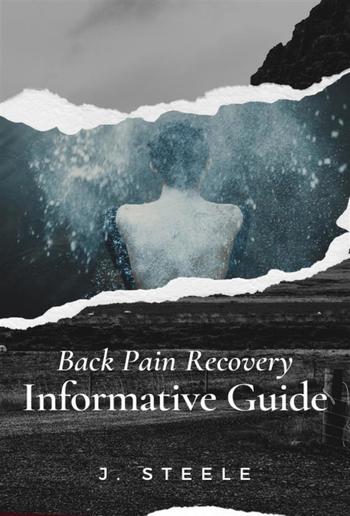
J. Steele - Back Pain Recovery Informative Guide
Back Pain Recovery Informative Guide
J. Steele
Description
When considering back pain, it is necessary to consider various subtypes. Back discomfort, for example, might begin with slipped disks, medically referred to as "herniated nucleus pulposa." (HNP) Slip disks are defined by physicians as "intervertebral disk ruptures." The intervertebral discs are located between the vertebrae of the backbone (Spinal Column). There are several types of interruptions, including "Lumbrosacral" (L4 and L5) and cervical C5-7. The cervical spine is located at the neck and connects to various areas of the back and neck. When physicians investigate slide disks, they frequently consider the etiology, which may include neck and back strains, trauma, congenital/inborn bone malformations, heavy lifting, degenerative disks, and/or ligament weakening. After careful consideration, etiology physicians evaluate Pathophysiology, which includes "nucleus pulposus protrusions." The center links to the column or spinal canal, potentially squeezing the spinal cord or nerve roots, resulting in back discomfort. Compression of the spinal cord, confining the roots and cord, frequently results in back discomfort, numbness, and motor function loss.

